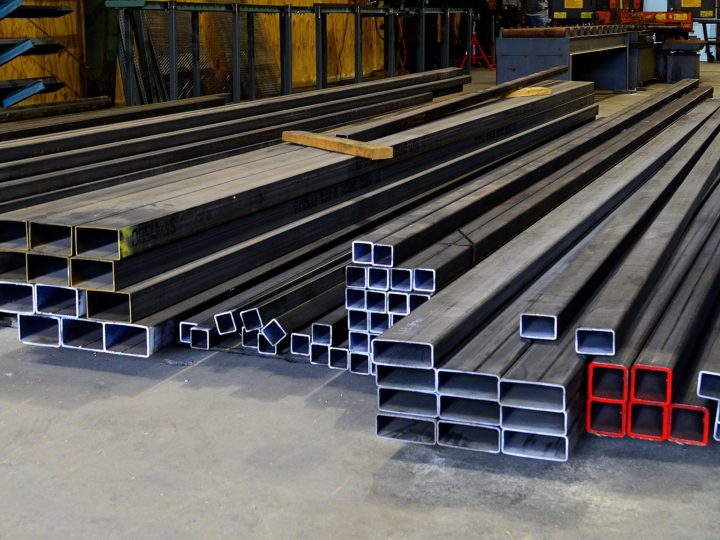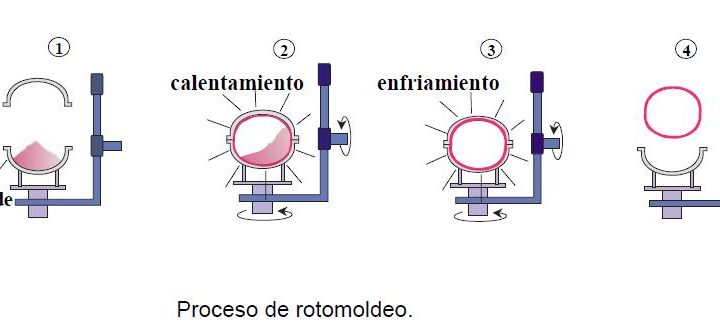The repeated outbreaks of COVID-19 in Guangdong, one of the main export zones in China, has forced the Chinese government to tighten security regulations in the 4 most important ports in the area. Causing a slowdown in exports. generalized; making it the worst shipment delay in years: Jam in China ports: delays until 2022.
China already had a previous traffic jam due to high demand for products after the first wave of the coronavirus passed. In addition, for more than three weeks, one of the main ports in the Guangdong area has been closed, according to Business Insider. Several experts estimate that the consequences of this delay will last until early 2022, affecting the Christmas season. It should be remembered that China is the largest exporter on the planet.
Jam in China ports: delays until 2022
This export crisis is affecting many sectors, from food to industrial; causing impacts on the companies themselves worldwide, including Europe. The docks in China have encountered a serious problem: there are no containers, especially refrigerated ones. In recent months, manufacturers and distributors have been fighting for an empty space in any container, in order to be able to ship the products that their customers have purchased. In anticipation of the traffic jam previewed for Christmas, many companies have begun to request the shipment of products destined for these dates, which has caused a shower of orders that has only worsened the situation in Chinese ports, accumulating more and more pending shipments.
The first export problems that China suffered, when the country had to be closed to the outside and export routes were canceled. In addition, other factors such as the blockage of the Suez Canal or the intermittent and unstoppable outbreaks of COVID-19 not only in the country, but among dock workers; They have been adding a delay that has been accumulating, turning into a snowball.
The consequences? Very limited capacity, price of containers through the roof, incalculable delays and a service that leaves a lot to be desired; causing global supply chain problems until, at a minimum, early 2022.




